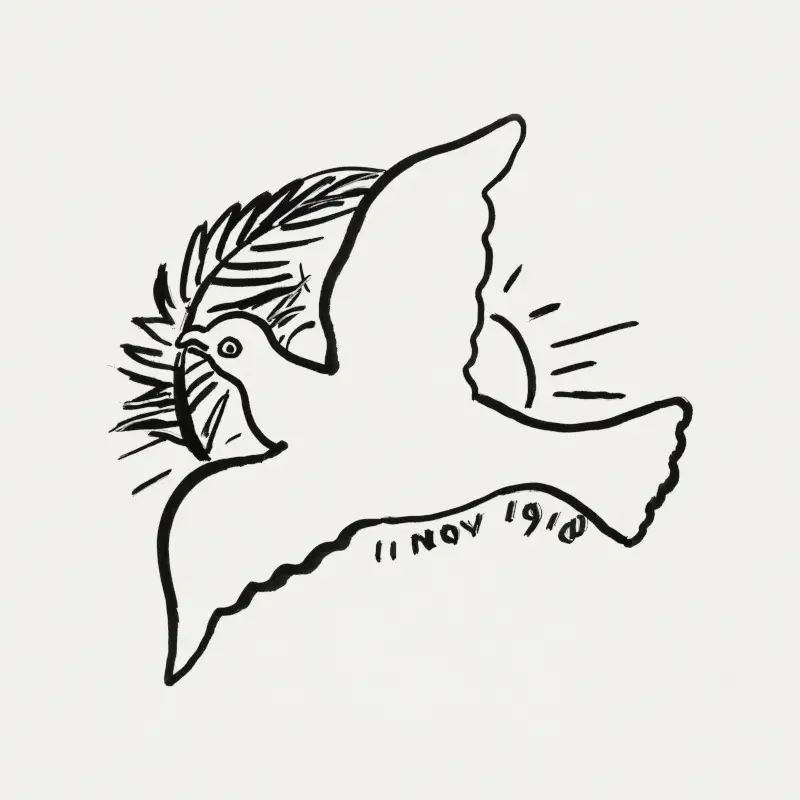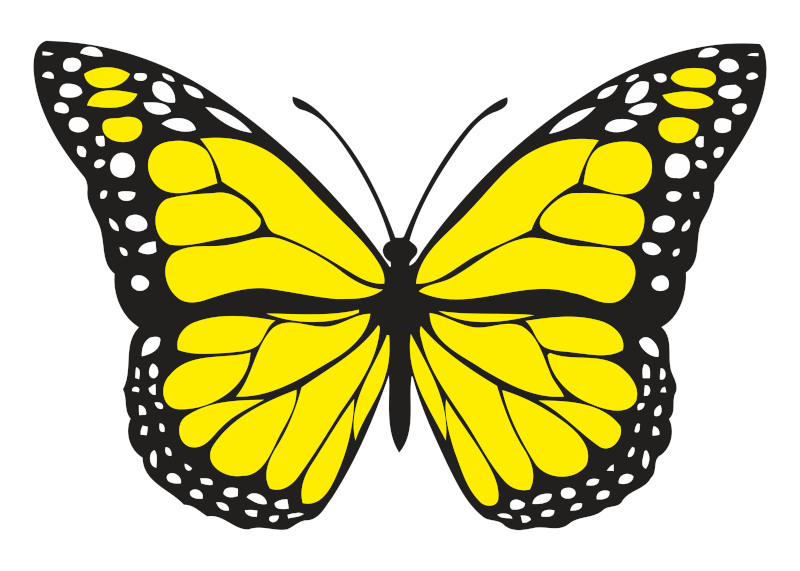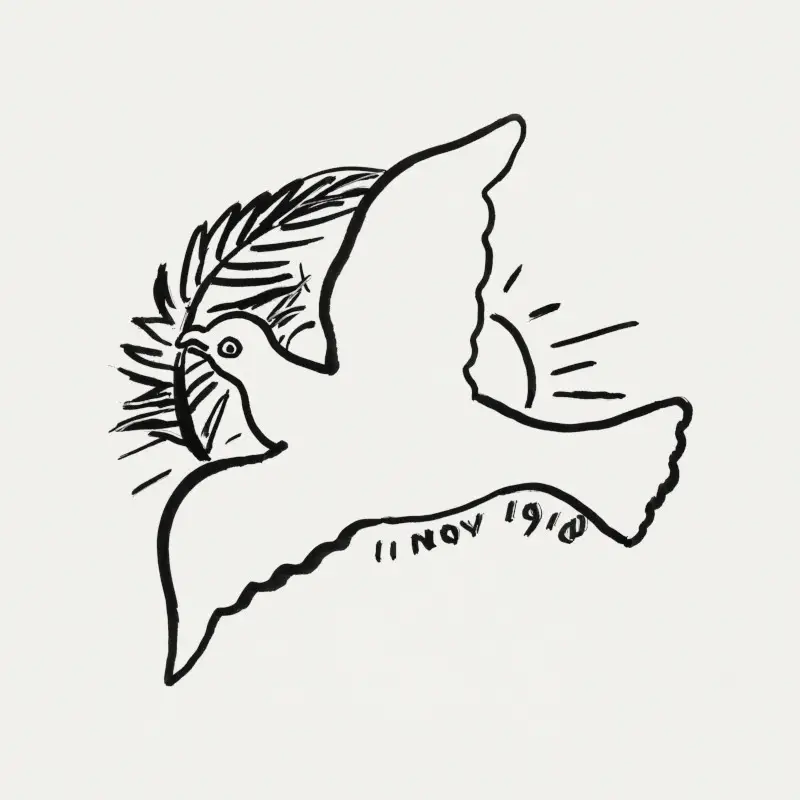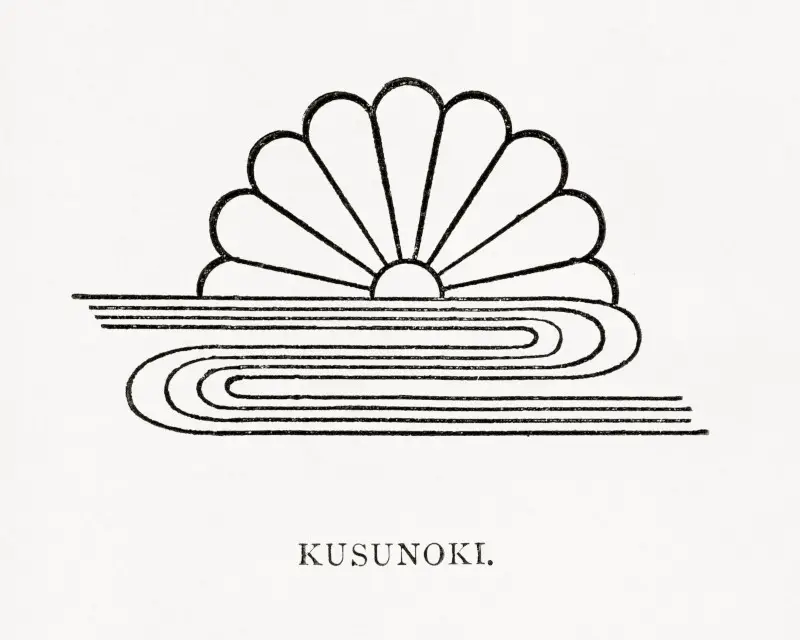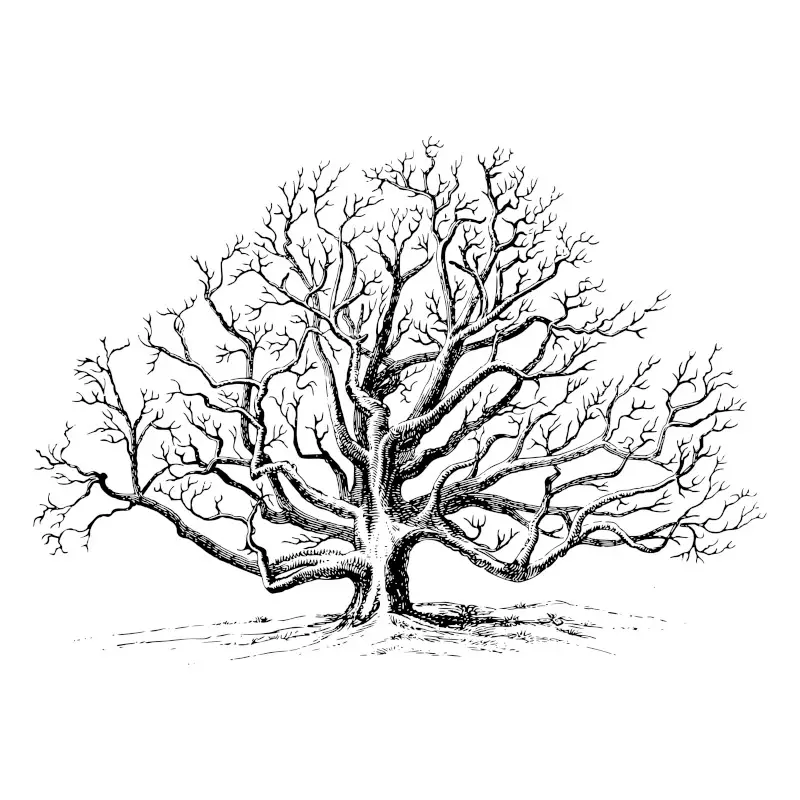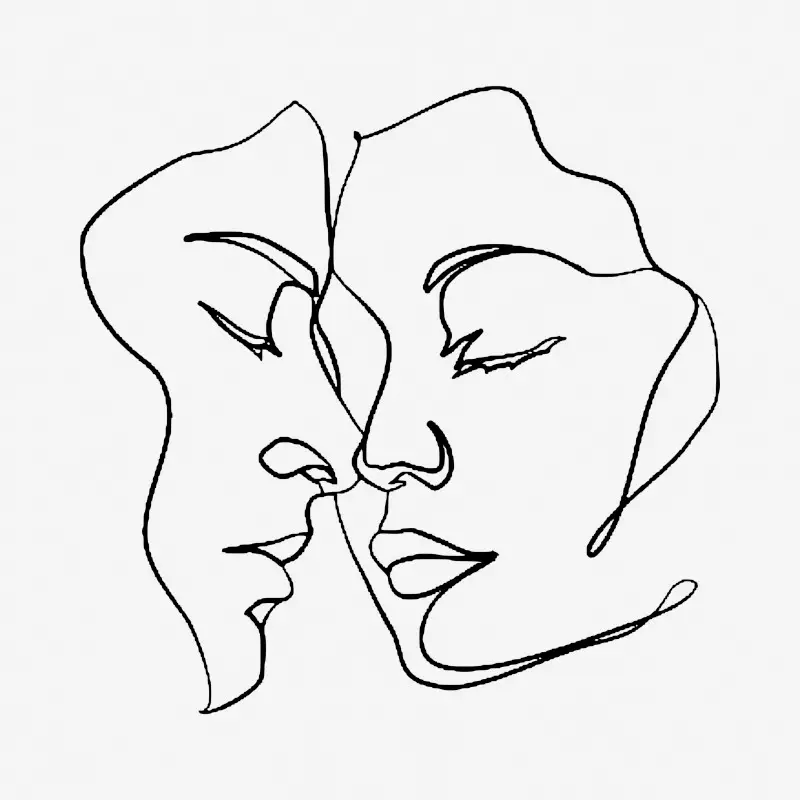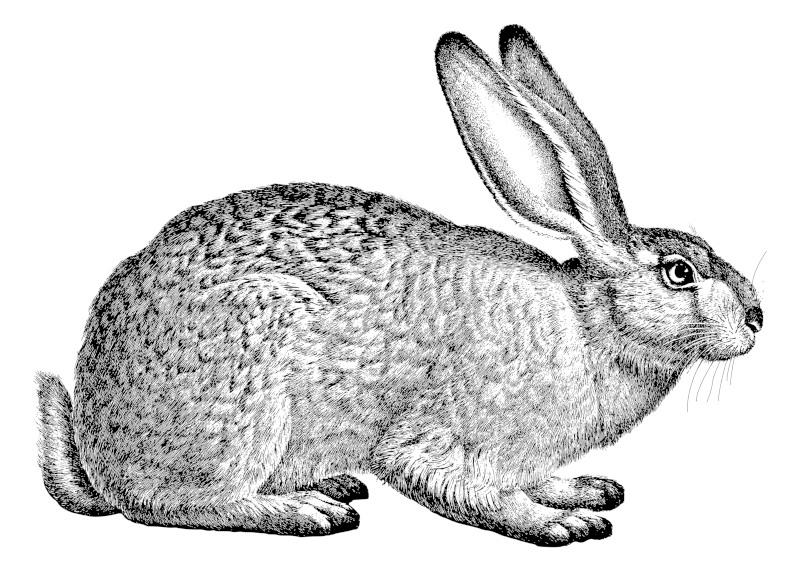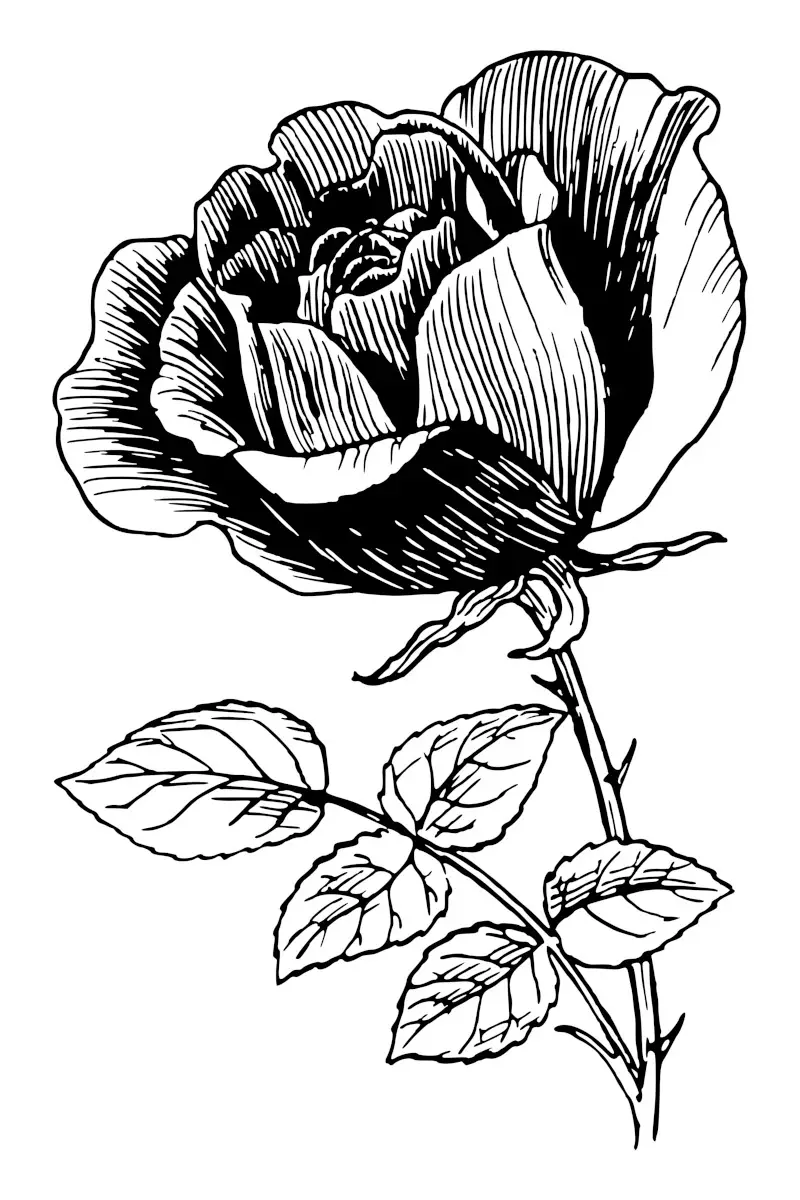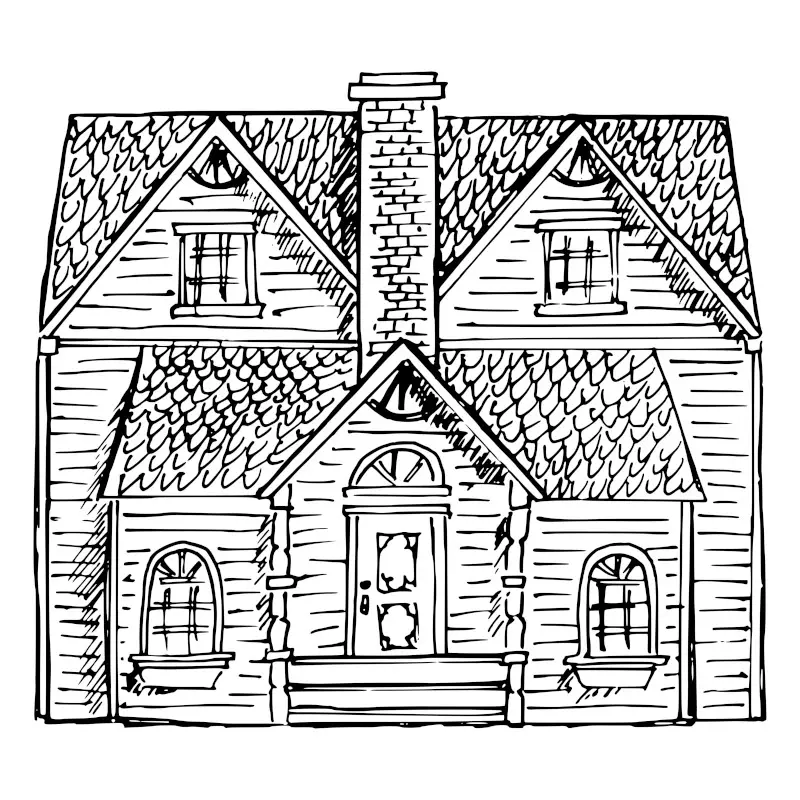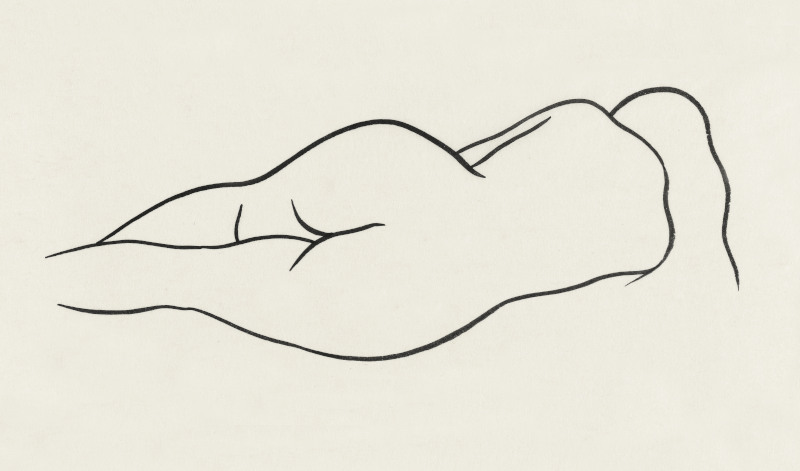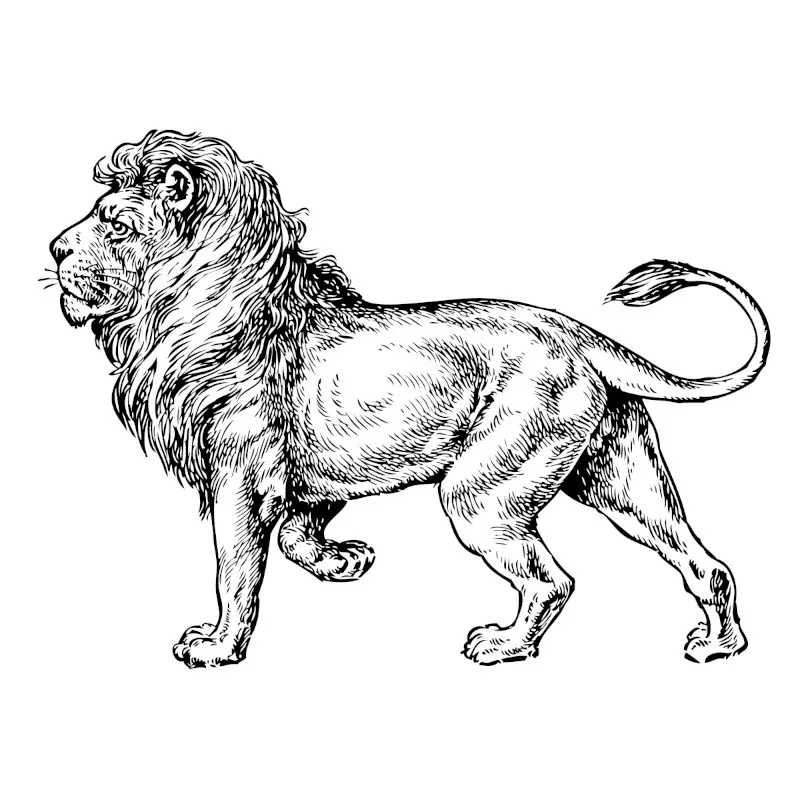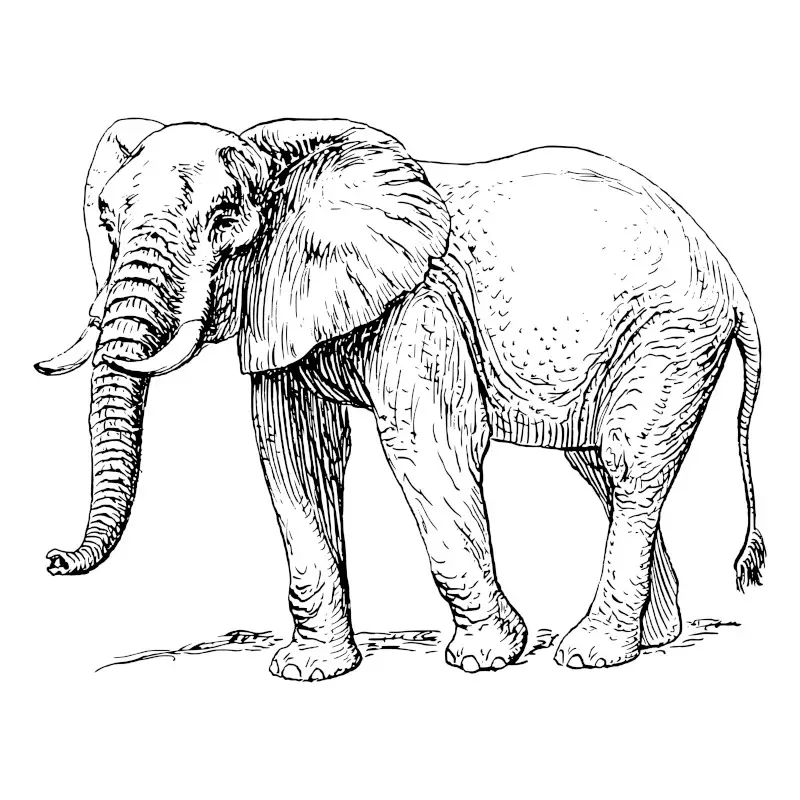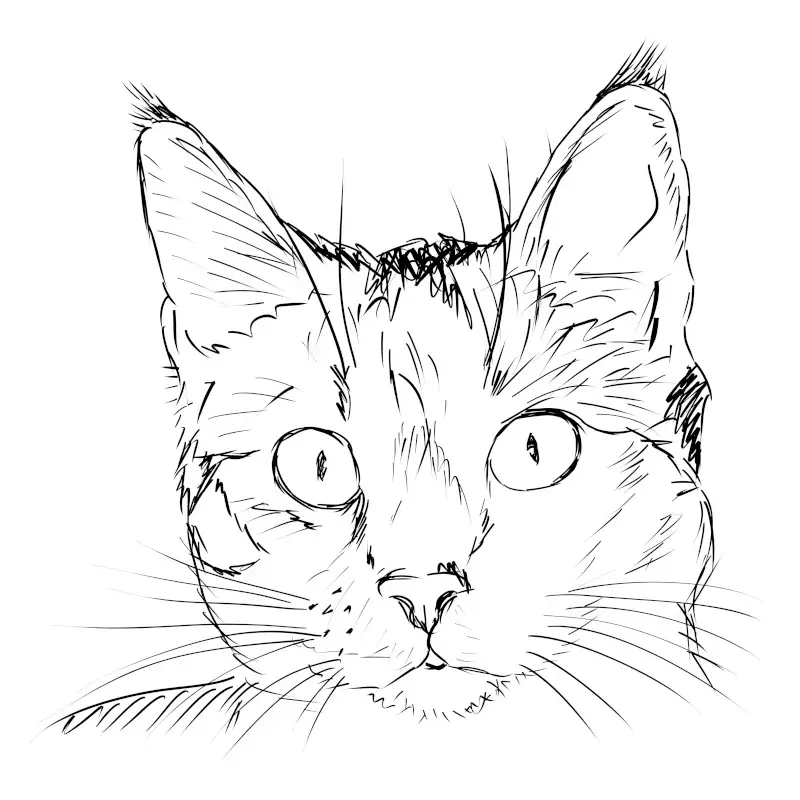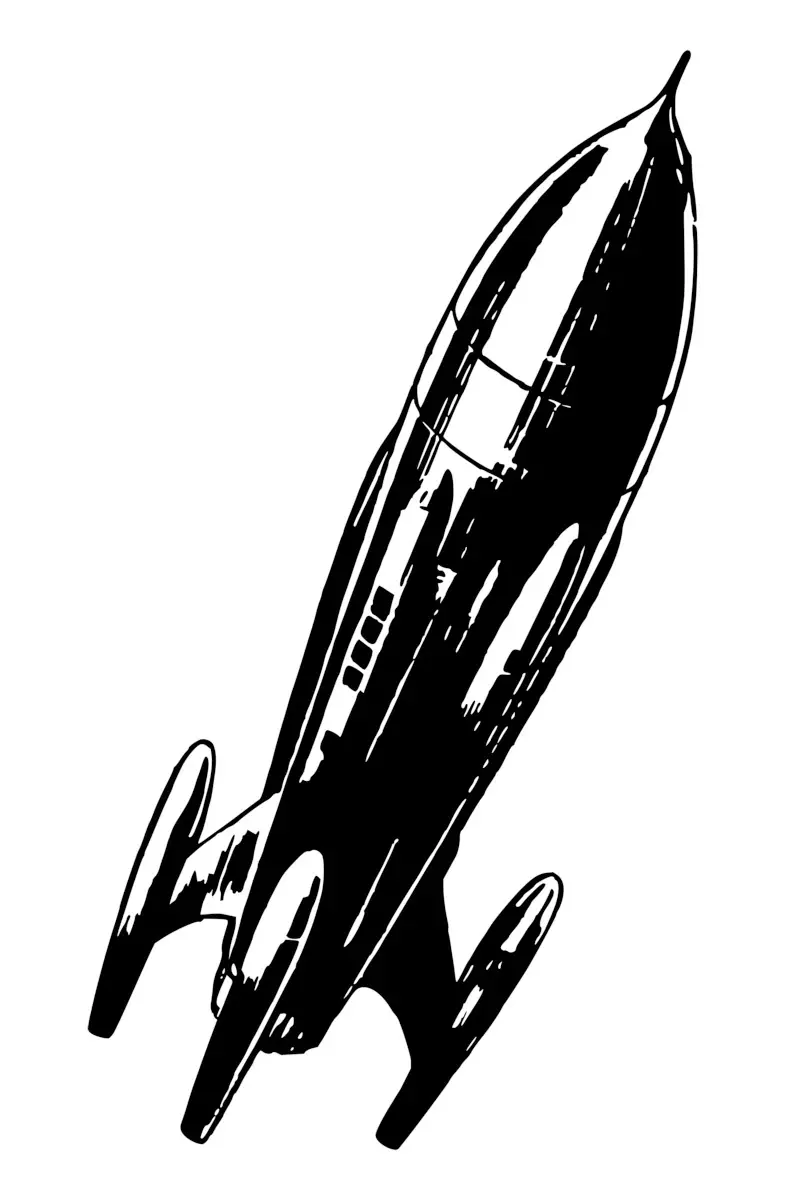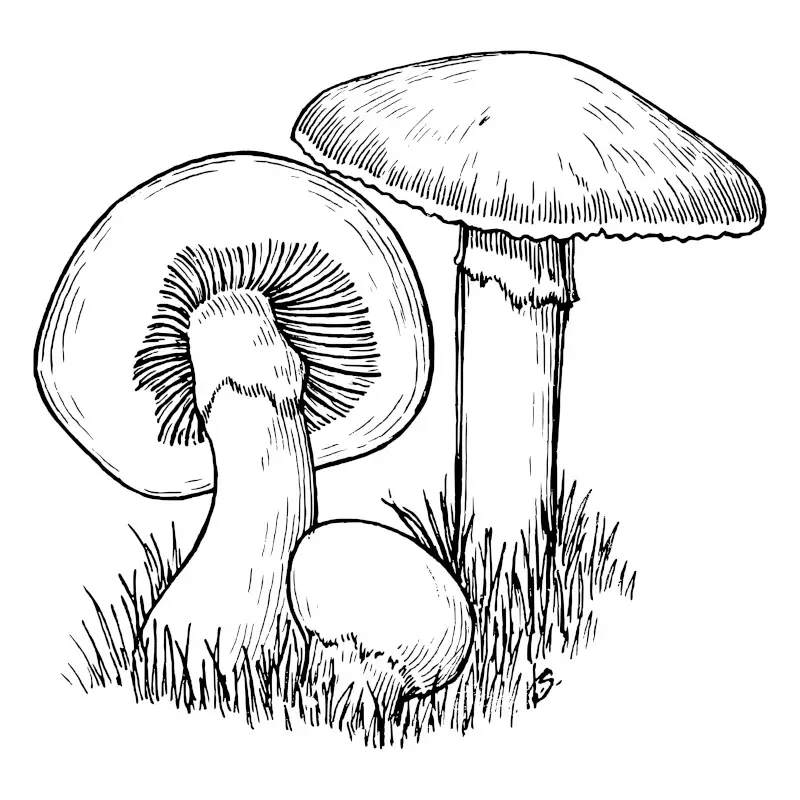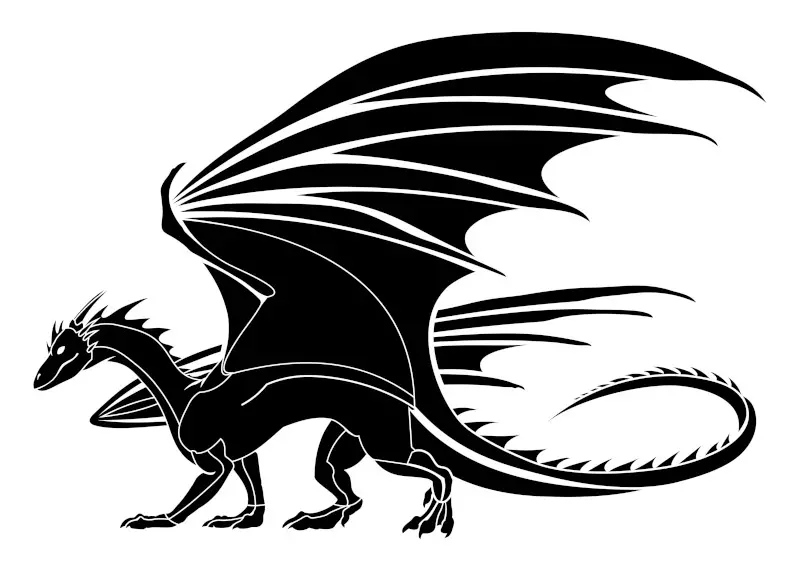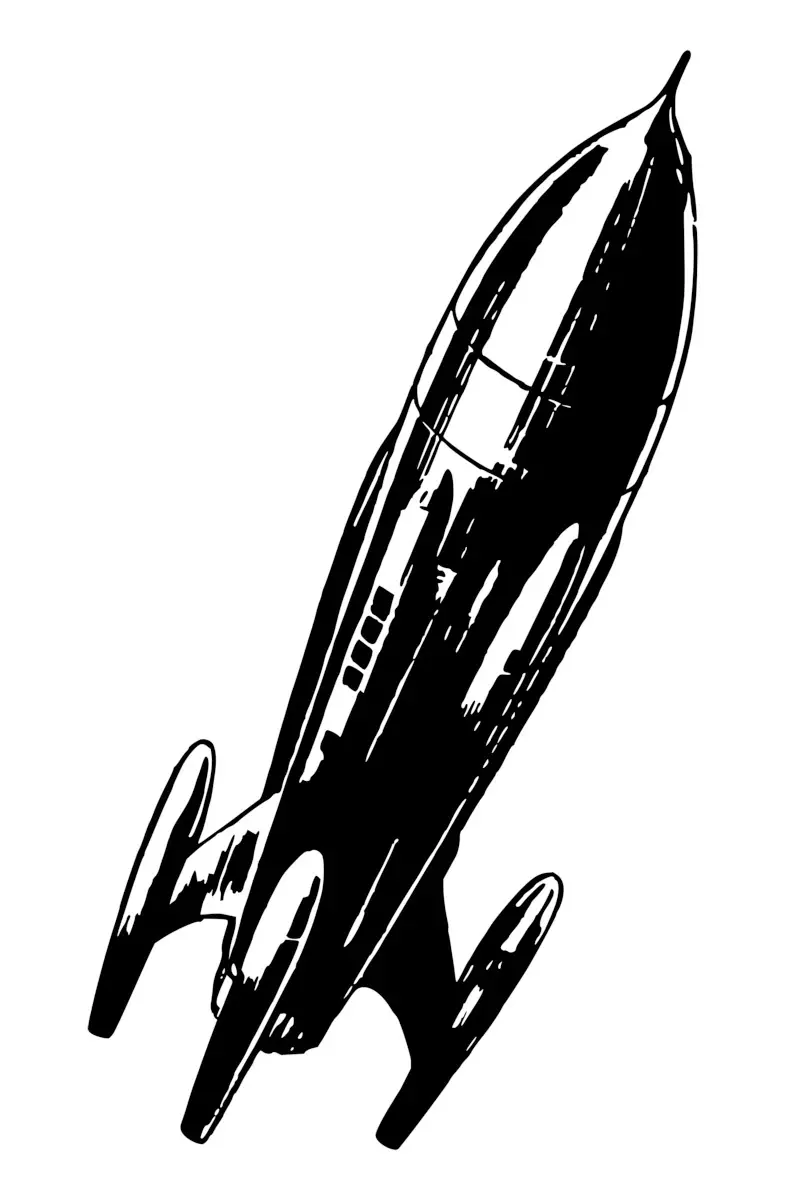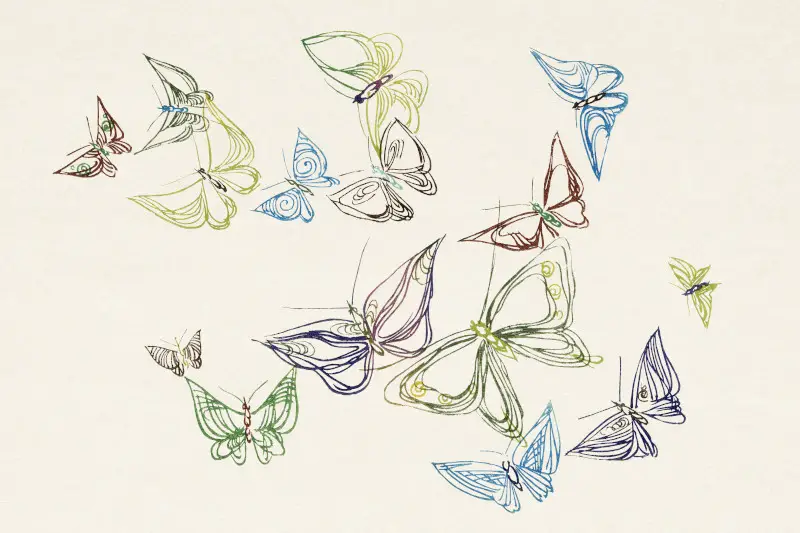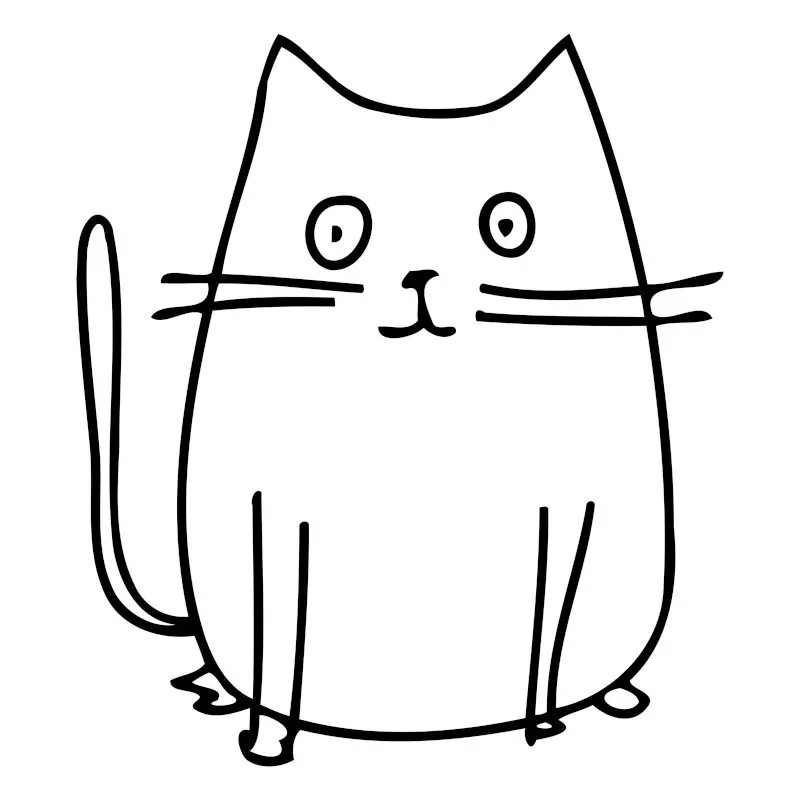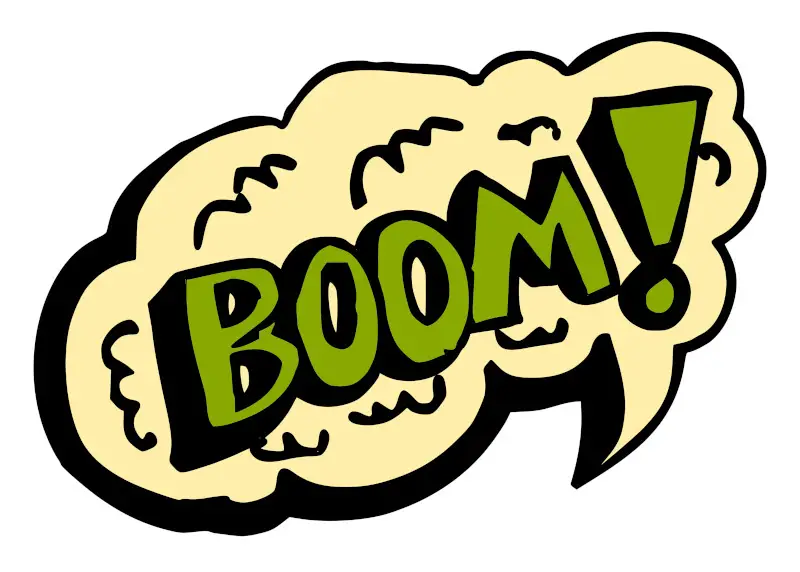Discover easy drawing ideas, plus other famous drawings in this extensive section.
Introduction to Drawing Art
For most of us, drawing is our first introduction to art. Additionally, most professional artists are initially trained in its techniques, prior to moving on to other forms of the visual arts. The great masters such as Leonardo da Vinci and Michelangelo would sit and sketch for ours in order to perfect their talents, aware that genius alone was not enough to master this challenging discipline.
For many years it was the case that any artist would not be taken seriously unless they were an accomplished draughtsman, or draughtswoman, although today people are a little less judgemental. That said, a skilled painter or sculptor will always benefit from understanding the techniques of drawing, which will often be used in the preparation stages for works in other mediums.
Discover hundreds of drawings from art history
This section contains many drawings from a variety of mediums, across different artistic styles. They should provide inspiration for those looking to make some easy, quick drawings, as well as for those who are already at a more advanced stage and require more detailed artworks to learn from. We have sectioned the drawings into different themes, such as types of animals and insects, to suit different tastes.
Over time, we will aim to add simple sketches of our own, to see quickly how to produce outlines of different creatures relatively easily. For the meantime, we have added artworks from art history, including drawings and paintings from a number of famous artists. There is everything from simple illustrations using just a few strokes of a pencil, to fully formed portrait paintings in complex oils.
List of Drawings by Theme
Prehistoric Traces: Drawing in Ancient Civilizations
Prehistoric rock art shows some of the earliest art, where daily life would provide inspiration for various paintings found in caves and other types of shelter. Many would be primitive in style, with abstract detail that made a return in the 20th century. Some of these artworks would depict mythological and religious beliefs, whilst others expressed experiences of the time.
By Neolithic times, art started to evolve. Pottery appeared, allowing artists to express themselves by hand-painting individual bowls and vases. Egyptians made use of hieroglyphs, an early artistic visual language which could be repeated across different formats. Mesopotamian Cuneiform Tablets then made use of symbolis within a style of drawing. Mesoamerican cultures then started to combine drawing with text, which helped to record their knowledge at that time.
Classical Greece and Rome brought considerable advancements in the visual arts of Europe, particularly with sculpture. Themes such as gods and historical events would appear, helping to record history, whilst advancements in proportion and perspective helped to lead us towards the later Italian Renaissance, in which many of these ideas returned, and then evolved onwards once more.
Chinese and Indian cultures have also contributed to the development of drawing, including through the use of brushes with ink, and the inclusion of landscapes. Religion and spirituality dominated artistic content in many of these cultures up until the post-Renaissance, when human figures, landscapes and other ideas started to be used instead.
The Renaissance Revolution: Drawing's Resurgence in Europe
Renaissance drawing techniques made huge strides through the likes of Michelangelo and Da Vinci. They also helped to maximise the benefits of hours of careful observation, bringing more accuracy into the way we understand the human body. Inventions could be innovated on paper, whilst conplex architecture could be drawn out in detail. Many ideas from classical art apppeared within the Renaissance, but a multitude of new ideas helped advance techniques. Wealthy donors shared the passion for evolution, and helped artists to concentrate on their work and push the boundaries of European art.
Art academies and studios helped to bring a consistency of technique, raising standards, but also ensuring these new ideas were not lost by later generations. Drawing techniques continued to be taught to young artists, providing a foundation of knowledge from which other mediums could flourish. This continued into French art several centuries later, with art academies attempting to control the types of art that the public would be exposed to, but this eventually became too restrictive, and other avenues started to appear to artists.
Modernism and Beyond: Challenging Traditional Notions of Drawing
The likes of Malevich and Kandinsky used drawing in the early 20th century as a means to express their spirituality and theoretical ideas in art. They rejected the tried and tested methods of the past and slowly transitioned to a more abstract world. Surrealists developed Automatism, where drawings could be automated, and artists could share pages together, adding their own iterations but without seeing what had gone before. Some tried to draw entirely without using their conscious mind, and the 20th century was to become all about expression and experimentation, themes which have continued into the 21st century, but having now been joined by the influence of new technology.
Contemporary Perspectives: Drawing in the Digital Age
The most obvious innovation within modern times with regards drawing would have to be through digital art, and the use of digital drawing tools. Anyone can create from their tablet or mobile today, as well as being able to handwrite directly on these touchscreen devices. Such an approach seamlessly connects with appropriate software, allowing artists to tweak their work as they go, and also to scale it up and down without losing any quality. Many will then take these designs and translate them into art prints, t-shirt designs and similar with relative ease.
The newest influence will be from Artificial Intelligence, where computers can draw for you, when prompted. This leaves the creativity down to choosing an appropriate prompt, and these can get more and more complex as the software evolves. Integrity will become an issue in future, as we try to determine whether an artist truly drew something himself, or simply relied on software to do so.



